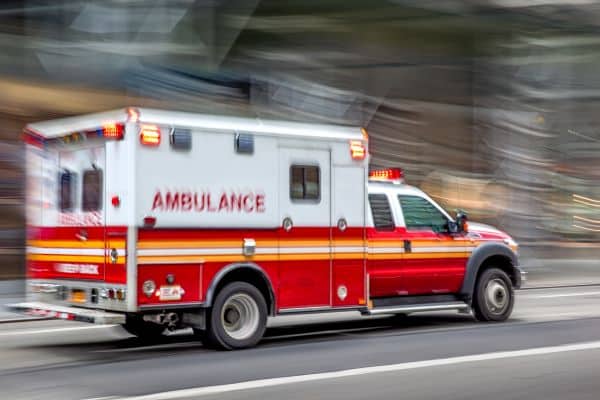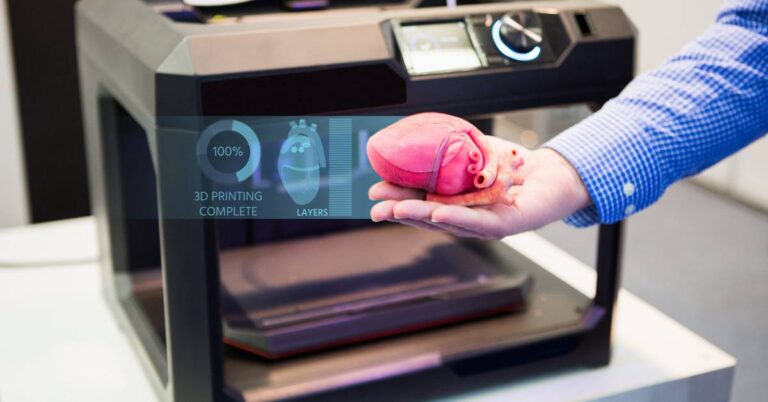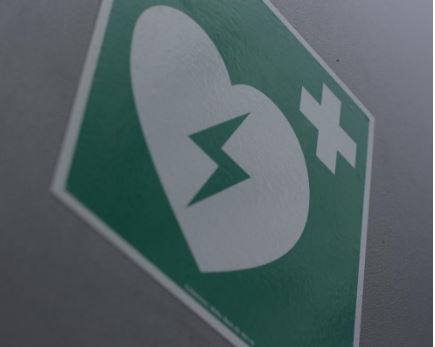Ventilators: The Past, Present, and Future
Ventilators produce moveable air to help individuals breathe more efficiently. In some situations, these machines use compressed air that allows a patient to passively breathe due to the elasticity of the lungs. These devices have evolved over the years from large, cumbersome units to innovations like the convenient, portable transport ventilator. Here’s a closer look at the evolution of the ventilator.
The Past
In the late 1600s, the first external negative-pressure ventilator was built. What came to be known as an “iron lung” wasn’t successfully used until the early 1830s. These devices required patients to be nearly completely enclosed in an airtight chamber. Variations included larger boxes that provided room for a surgeon to operate. Negative-pressure “iron lung” ventilators were widely used during polio epidemics in Europe and the United States from the 1930s through the 1960s.
Positive-pressure non-invasive ventilators that deliver air with bellows and a mask were developed in the late 1700s. These were significantly improved in the late 1800s and early 1900s. However, it wasn’t until the 1960s and ’70s that such devices became commonly used for life support. Throughout the remainder of the 20th century, monitoring and alarm features were added and reliable portable versions were introduced.
The Present
Today, ventilators are computerized devices that include extensive monitors and alarms. Qualified users have access to trending data that provides critical information about respiration and heart rate. Many models, including portable ones, have battery-powered backup systems and manual backup mechanisms to allow for use in situations where power isn’t available.
Some “smart” ventilators automatically adjust pressure based on respiration rates. There are also models that perform a spontaneous breathing trial (SBT) to determine if a patient is able to breathe on their own. If sufficient breathing isn’t detected, ventilation resumes.
The Future
Ventilators of the future will likely remain similar in appearance to what’s commonly used today. What will be different is more integration with other technology. There are predictions that this could include direct access to even more patient data to adjust how air is delivered, with improved precision.
Alarms are likely to become more accurate (meaning fewer false alarm triggers) as smart technology evolves. Another prediction is that the days of ventilators for specific purposes will be gone as models are developed with the ability to adapt to multiple situations.
When a transport ventilator is needed, whether it’s intended for use by EMS staff or caregivers who regularly transport patients, it’s understandable to want to find the best deal possible. Companies like Coast Biomedical Equipment offer new and refurbished ventilators that are affordable and meticulously inspected for added peace of mind.




